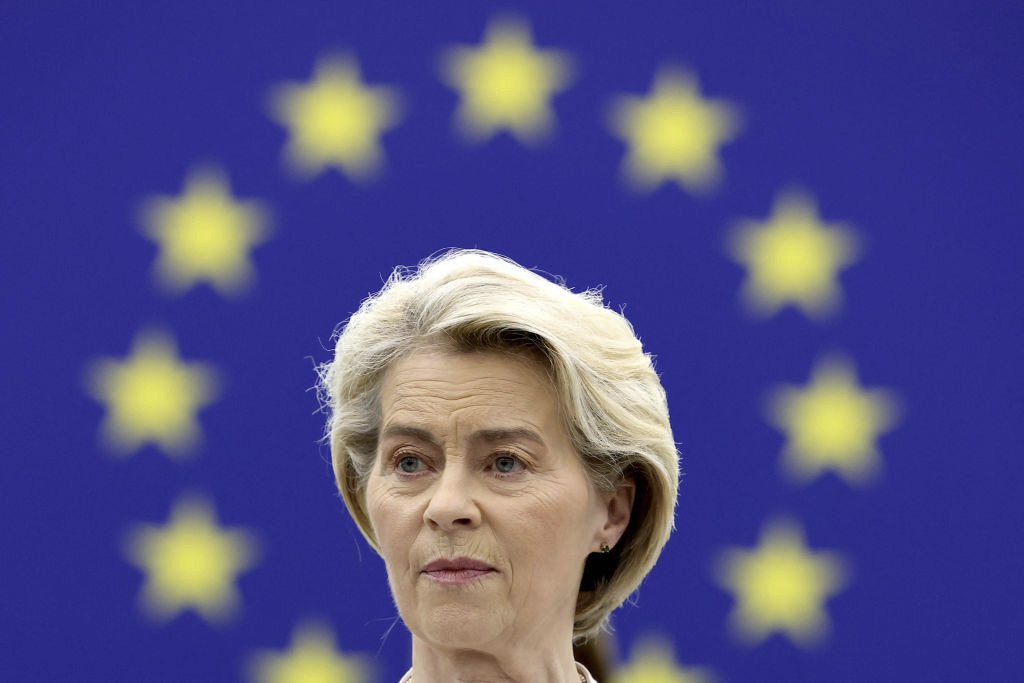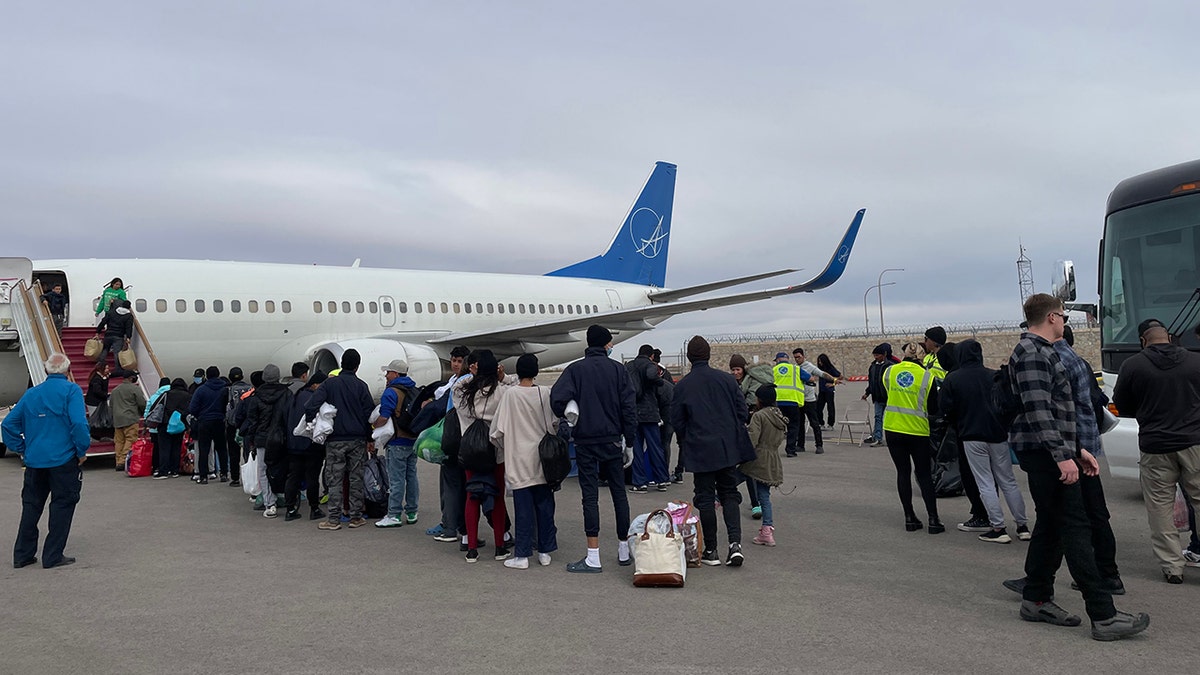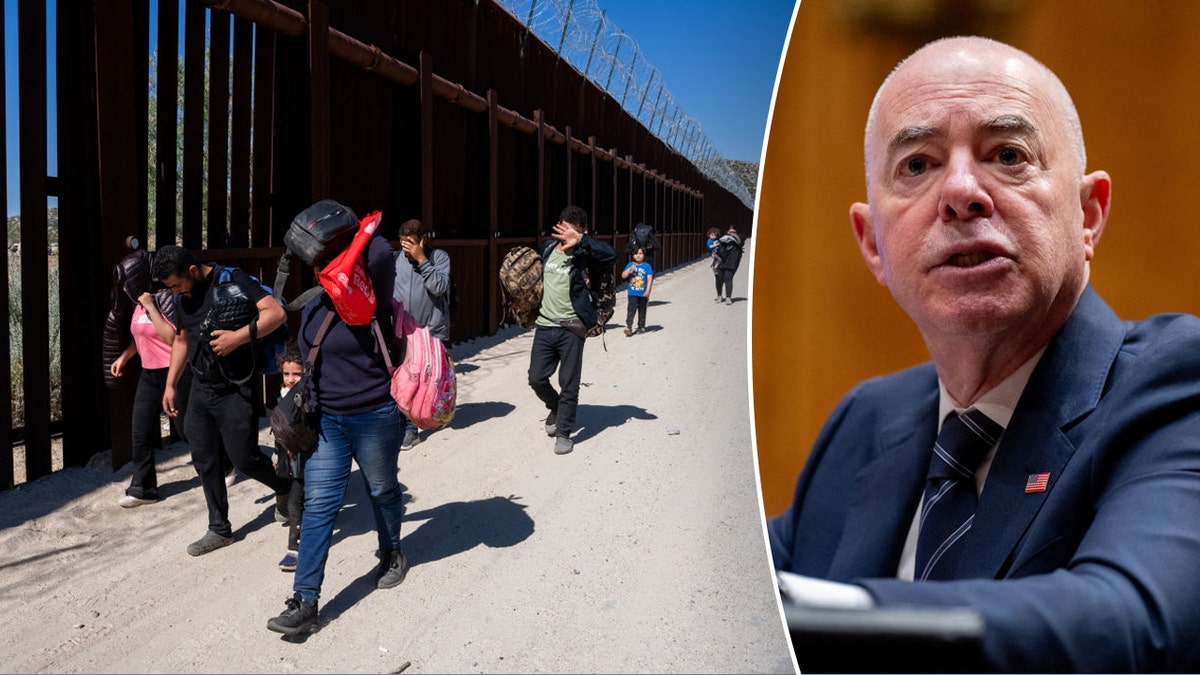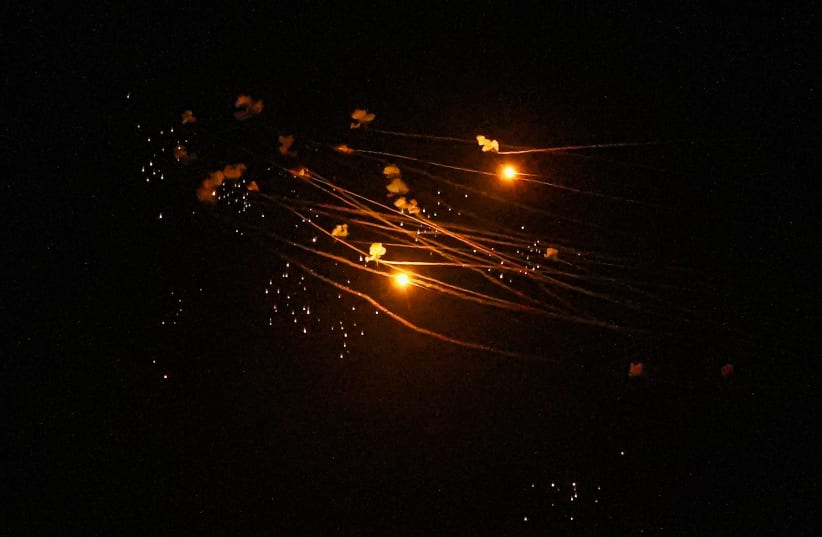by Steven Richards and John Solomon
Homeland Inspector General report urged changes to Secret Service training, communication three months before July 13 Trump assassination attempt exposed additional flaws.
The Secret Service developed intelligence that there was a “high potential for violence” before the Jan. 6 Capitol riot but failed to share that information with its agents guarding Donald Trump, Mike Pence or Kamala Harris that fateful day, according to a bombshell report delivered to Congress on Thursday that exposed a fresh round of failures by the presidential protection agency.
Homeland Security Inspector General Joseph Cuffari's report was forced into the public by pressure from House Administration Oversight Subcommittee Chairman Barry Loudermilk, R-Ga., and it confirmed earlier Just the News reporting, including that the Secret Service whisked Harris, then the Vice President-elect, within 20 feet of an undetected pipe bomb at Democrat National Committee (DNC) headquarters in Washington because it failed to employ its normal explosive detection tools.
“The Secret Service had not employed all its explosive detection tactics and measures for the security sweep, instead providing only canine teams at the DNC building that day. Afterward, the Secret Service did not report the buildings evacuation as an unusual protective event, as required by its policies,” the inspector general concluded
The report, obtained by Just the News, not only adds dramatic new details about security and intelligence failures on Jan.6, 2021 but it also offered powerful new evidence to the growing inquiry into how the Secret Service failed to detect the gunman who wounded Trump at a July 13 rally in Butler, Pa.
Congressional aides briefed on the report said its findings and six recommendations for improved communication, training and other security tactics were delivered to Secret Service management in April, three months before the Trump assassination attempt. Cuffari, himself, made a point in the report to stress that the shortcomings exhibited during the Capitol riot 3 1/2 years ago should be a learning event for the Secret Service.
"The events of January 6 were unprecedented and the issues we identified during our review presented an opportunity for the Secret Service to be better prepared in the future," the report implored.
The report also revealed some friction between Cuffari's office, the chief watchdog for Homeland Security, and Secret Service managers, who disagreed with some of the report's findings and recommendations.
The report shows that the Jan. 6 events exposed some of the same failures now suspected to be at the center of the rally tragedy, including problems with communication with local police, faulty security sweeping and inadequate threat identification.
According to the report, the Secret Service's Protective Intelligence and Assessment Division “received some information indicating a high potential for violence leading up to January 6th, but but USSS/PID did not incorporate such information in the final" security assessments provided to the agents protecting VIPs at and near the Capitol.
Because the Secret Service failed to incorporate the information, “two relevant documents” about the political protests distributed by the agency did not include the high potential for violence that ultimately impacted the agency’s mission.
For example, after protesters surrounded the Capitol, the protective detail struggled to keep Vice President Pence away from rioters “[due] to communication challenges and limited contingency planning” and only “narrowly avoided” a confrontation, the report said.
The report also found that the Secret Service did not properly sweep the DNC headquarters ahead of Vice President-elect Harris’ visit that resulted in her motorcade driving within 20 feet of a pipe bomb.
The security failure resulted from the Secret Service’s failure to sweep the bushes were the pipe bomb was ultimately found and "advanced security sweeps by the Secret Service at the DNC building did not include the outside area where a bomb had been placed.”
Additionally, Secret Service personnel interviewed had "differing interpretations of canine search requirements and procedures” that further complicated efforts to secure the property, the report warned.
Cuffari's office also concluded that the Secret Service had not used its full arsenal of explosive detection measures “in part because it did not have adequate policies and procedures for requesting these capabilities for ‘elect’ protectees."
Even after the pipe bomb was belatedly discovered by another police agency and Harris was evacuated from the premises, the inspector general found that the Secret Service failed to properly report the incident as an “unusual protective event” even though it matched the definition of a security failure.
“Following the events of January 6, the Secret Service, neither designated nor reported the Vice President–elect’s evacuation at the DNC as a [unusual protective event]. However, according to Secret Service policy, the vice president elect evacuation due to the discovery of a pipe bomb and relocation to her residence qualifies as a ‘security failure’,” the report concludes.
The findings confirm a 2023 report by Just the News that security footage showed the Secret Service brought Harris within yards of the bomb, apparently unbeknownst to her security detail.
The report notes that the Secret Service was less than fully cooperative with the inspector general, instead it “significantly delayed OIG’s access to information, impeding the progress of [the] review.”
“For example, we experienced a 7–month delay receiving emails from Secret Service,” the report says, explaining that the agency sought to reduce the scope of the inspector general’s request for electronic communications, provide search terms, and “conduct an internal review of the date prior to submission.”
The inspector general also requested text message communications from the agency, but the Secret Service belatedly informed the investigators that all the phones had been wiped for a planned software update and that no backup files were available.
The report comes after Loudermilk, the Chairman whose subcommittee is leading an investigation into the security failures of January 6, pressured the Homeland Security Department to allow its insoector general to release the long-delayed report.
“We need to get this ... report. We need to see it,” Loudermilk told the John Solomon Reports podcast on Monday. “And it needs to happen soon because we just created a task force to look at it. And ... I think there's important information there.” Just days later, the inspector general sent its final report to the Secret Service.
The final report also confirmed other reporting by Just the News, including that the Secret Service directly disputed Trump White House aide Cassidy Hutchinson’s story to the January 6 Select Committee that an angry Trump attempted to grab the steering wheel of a presidential vehicle after the Secret Service denied his request to go to the Capitol with his supporters.
In a footnote of the report, the inspector general says witnesses to the president’s drive back to the White House after his speech on the Ellipse say that “those actions did not occur.”
Steven Richards and John Solomon
Source: https://justthenews.com/government/security/hldinspector-general-report-secret-service-highlights-j6-security-failures








